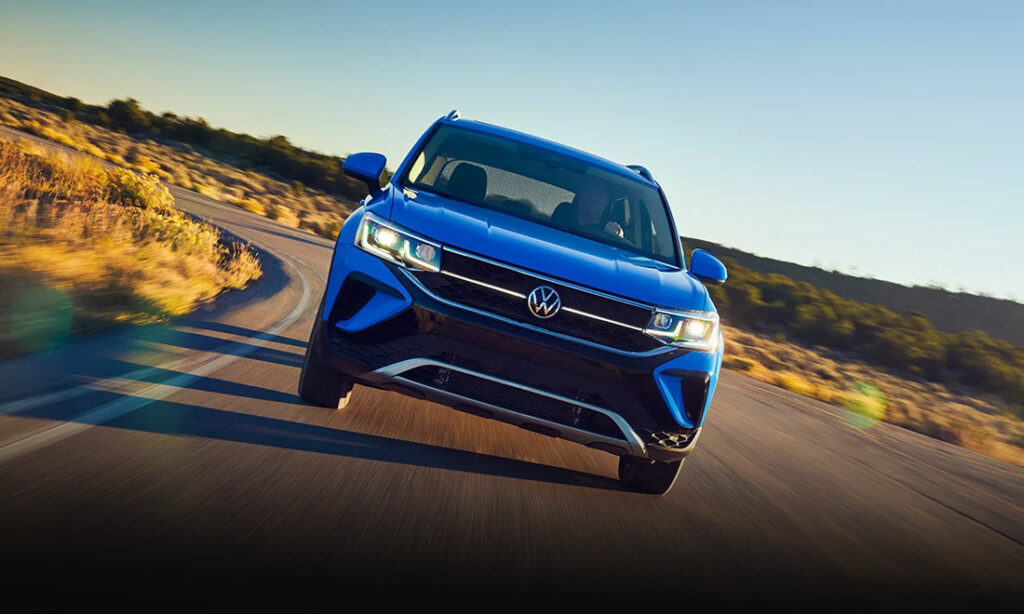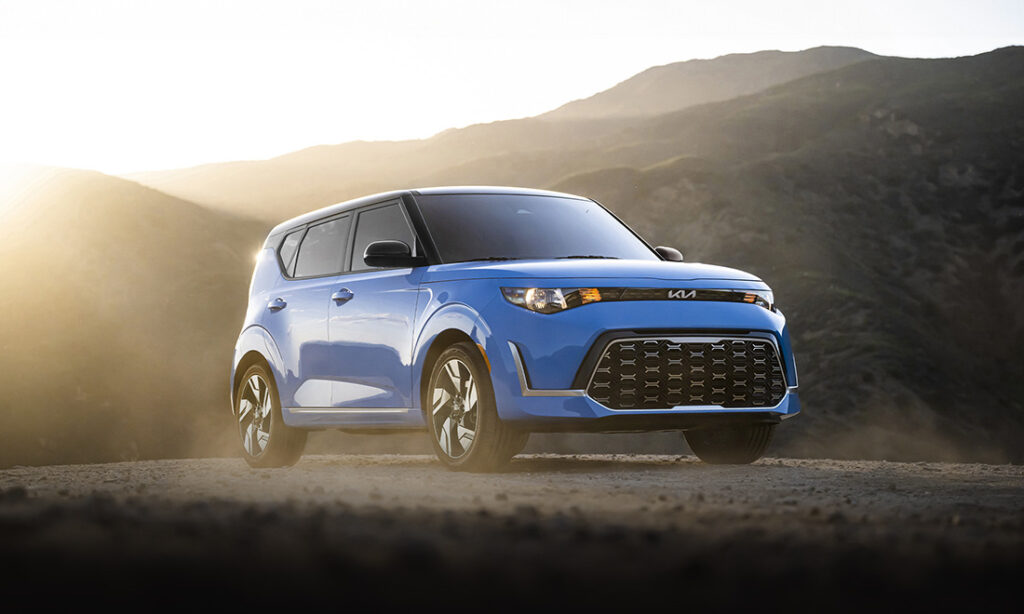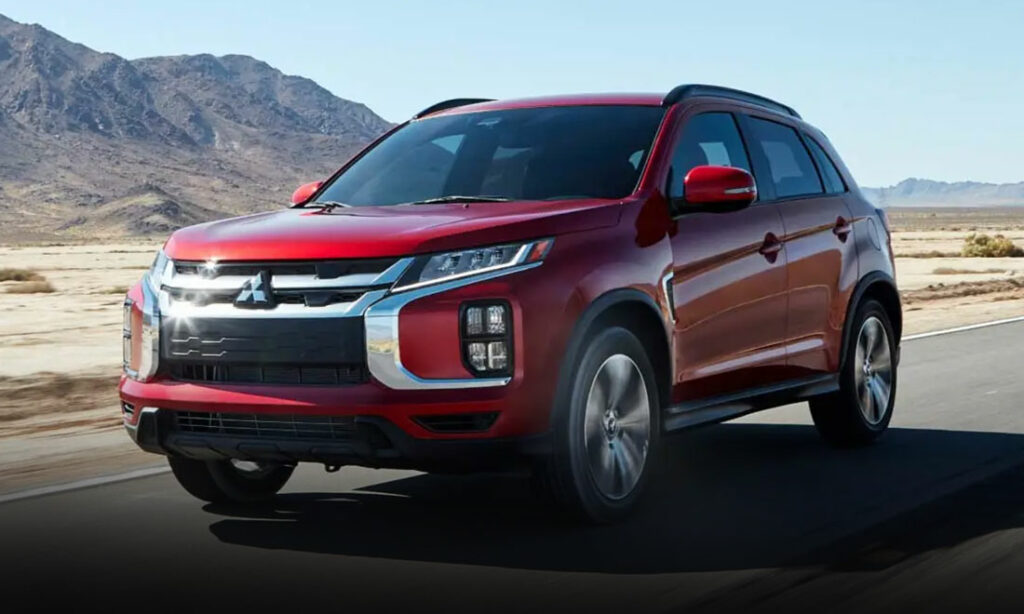The Porsche 959 was groundbreaking. Built as a be-all-end-all supercar, the 959 was a rally champion, a technological wonder, and an instant classic.
Context Matters
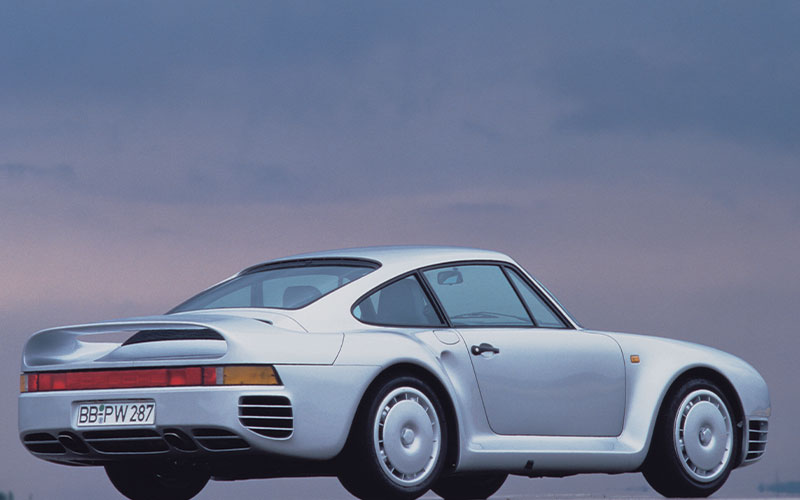
Ah, the 1980s. The era that gave us the music video, Tom Selleck’s mustache, and the first generation of genuine supercars. Some might argue that the Lamborghini Miura was the first real “supercar”, and in some respects that’s true. But, as groundbreaking as Miura was, the DNA of modern-day supercars can be more directly traced to a trio of cars from the 1980s: the Lamborghini Countach, the Ferrari F40, and the Porsche 959. These cars bulldozed technological boundaries with jaw-dropping innovations, successively traded the title of “the fastest production car in the world,” and influenced generations of supercars to come. As I’ve recently written about both the F40 and the F1, I’d be remiss if I didn’t cover my favorite, the imitable, the indelible, the indefatigable Porsche 959.
Development
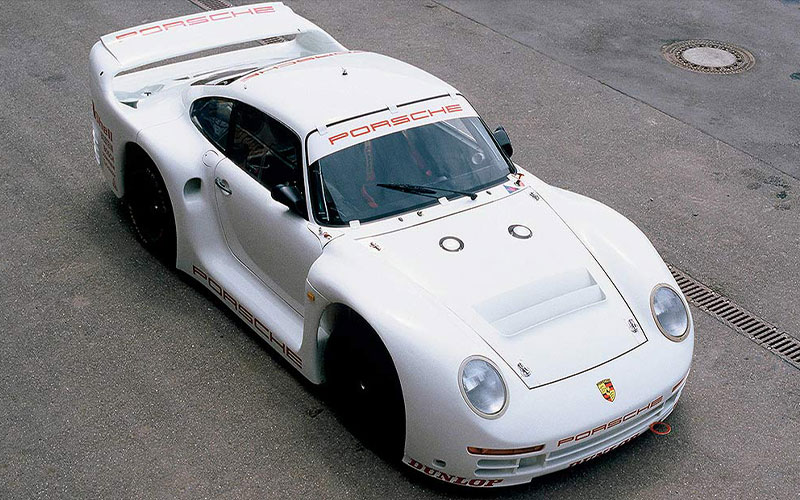
The Porsche 959 began as an experiment. Porsche chief engineer Helmuth Bott was keen to test out prospective new designs for the next generation of 911s. He saw the recently formed Group B rally circuit as the perfect testing ground. Starting in 1981, Bott and the folks at Porsche began work on a prototype, the 961. The Gruppe B prototype debuted at the Frankfurt Motor Show in 1983. Built off the same platform as the 911 itself, the Gruppe B’s defining feature, aside from the sculped bodylines, was the implementation of all-wheel drive, a first for Porsche.
Porsche has a reputation for perfectionism and Teutonic exactitude with good reason. Those traits were on full display in the development of the road-going version of the 959. The project was indeed ambitious. The 959 was to have not only computer modulated variable torque all-wheel, but a whole host of new and innovative features (which we’ll get to in detail in a moment). That the resulting car had to be refined, comfortable, and perform like nothing else on the road meant serious delays for the project. The computers for the all-wheel drive proved laborious to test and program. The ABS system, which had never been deployed on a car this heavy or this fast, demanded painstaking troubleshooting.
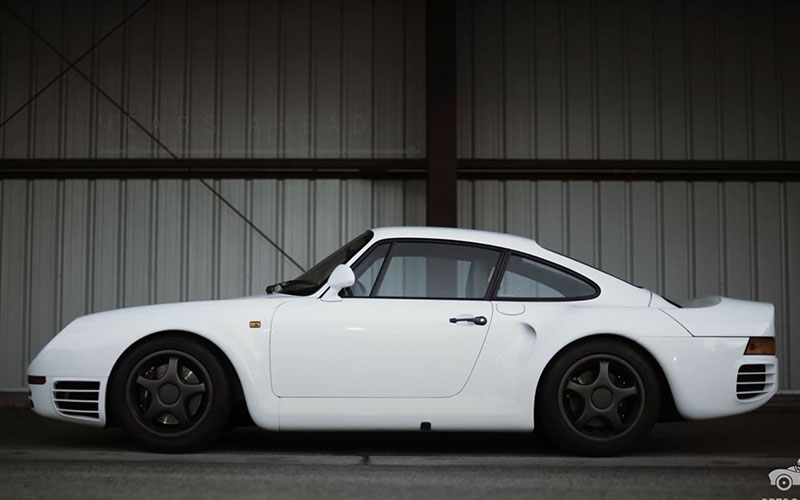
After another two years of development, the Porsche 959 debuted at the Frankfurt Motor Show in 1985. But, as the 959 was continually under improvement, the intended launch date of 1986 was pushed forward to ’87 so engineers could continue refining the car. In the meantime, Group B rally, the original impetus for the 959, was canceled over safety concerns.
Finally, in 1987, deliveries began for the Porsche 959. The 959 came in two trims, the “Komfort,” complete with creature comforts like a radio and air-conditioning, and the Sport which deleted many of those features in order to save weight (roughly 200lbs. in total). The car originally sold for $225,000 USD. Unfortunately for Porsche, it was costing the company more than twice that figure to build them. In fact, Porsche continued to improve on the car after its release, making tweaks and adjustment in response to customer feedback.
Specs
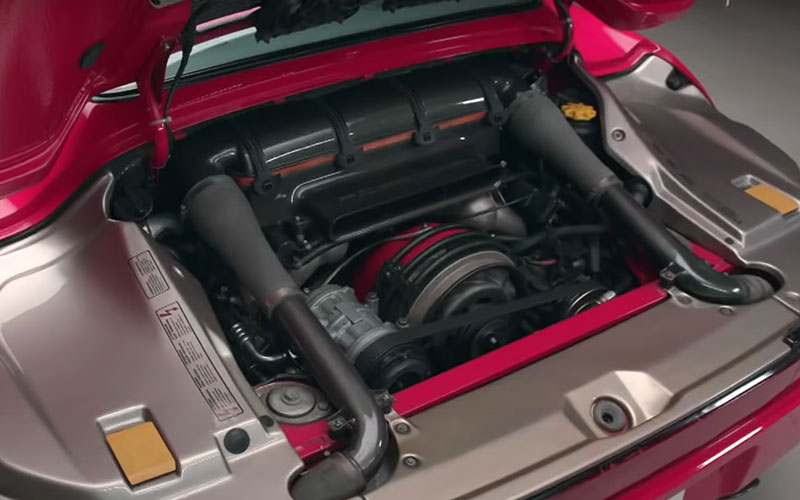
True to the intent behind the car, the Porsche 959 was a technological wonder of its day and provided the subsequent generation of 911 with plenty of new innovations. The lightweight body was made primarily out of Kevlar and aluminum. The wheels too were designed to save weight and where fashioned from magnesium complete with hollow spokes. Then there was the aforementioned all-wheel drive, able to send up to 80% of power to the rear wheels. There were the run flat tires and, get this, actual tire pressure indicators, in the mid-80s.
And then there was the powertrain. The 959, like the 911, featured a flat-6 but this 2.8L had a few new tricks. First was the use of sequential turbo chargers to all but eliminate turbo lag and give the 959 an impressively linear power delivery throughout the rev range. But even more interesting was the choice, like the F40, that the 959 would have four-halve heads. Those heads, therefore, required additional cooling. As you may know, the 911 up to this point had been exclusively, resolutely air-cooled. But the new four-value design of the 959’s engine couldn’t be cooled sufficiently with air alone, and that meant water cooling. But purists that they are at Porsche, engineers decided on a mixed approach with the new heads receiving their own separate water-cooling system while the rest of the engine remained air-cooled.
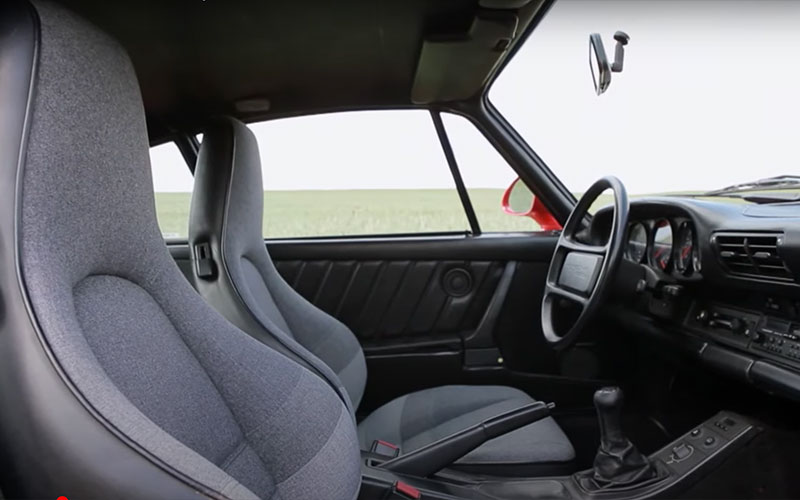
The suspension was also innovative, with the 959 featuring variable ride height adjustment, eight dampers, and a very smooth and comfortable ride. That last fact should surprise you. Most supercars of the era where known for their no-nonsense austerity when it came to comfort. Space was cramped, materials were mediocre, and the ride was often teeth-rattlingly rough. Not so in the 959. This was to be the ultimate Porsche and that called for refinement in all aspects.
The exterior, as iconic as it has become, is probably the least radical thing about the Porsche 959. Like the rest of the car, the design of the 959 builds off the 911, smoothing out its lines and adding a distinctive wing for improved aero. There are more subtle details too. The rain gutters were deleted, the windshield seamlessly fused to the body, and the rear fender received an air intake hole, a first on a Porsche.
Legacy
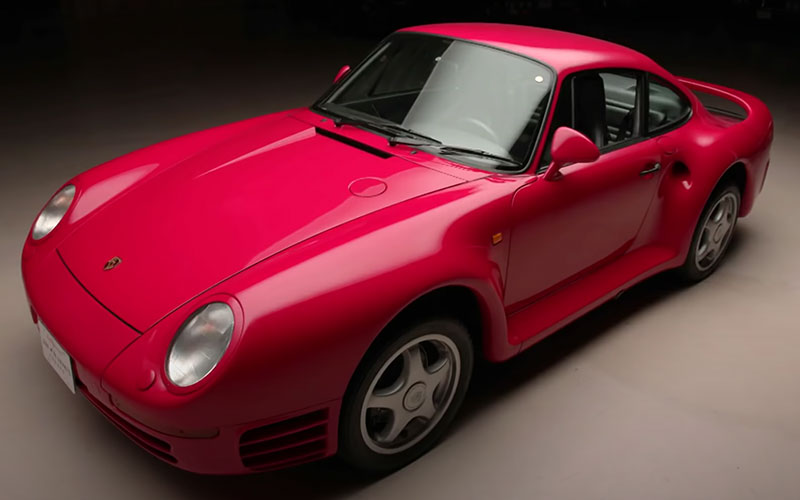
That Group B rally had been canceled before the 959 could be completed didn’t mean the car had missed out entirely on its chance at racing glory. While they couldn’t meet the homologation standards for the World Rally Championships, Porsche set their sights on the Paris to Dakar Rally. They’d already seen success in that race with a 911 winning first place in 1984. The 959’s first run in 1985 wasn’t successful with all the cars failing to finish. But, in 1986, with the kinks worked out, three 959’s finished placing first, second, sixth.
A total of just 337 Porsche 959s were ever produced, 37 of which were prototypes and racecars. Production ended in 1988 but eight more cars would be built in ’92 and ’93 from remaining spare parts. Because the car was so expensive to produce, Porsche declined to submit the four cars required for crash testing in the US. This forced Porsche enthusiasts to lobby for a special carve out for historically significant cars (as they argued the car would inevitably be) eventually getting the 959 classified as such under a “show and display” provision.
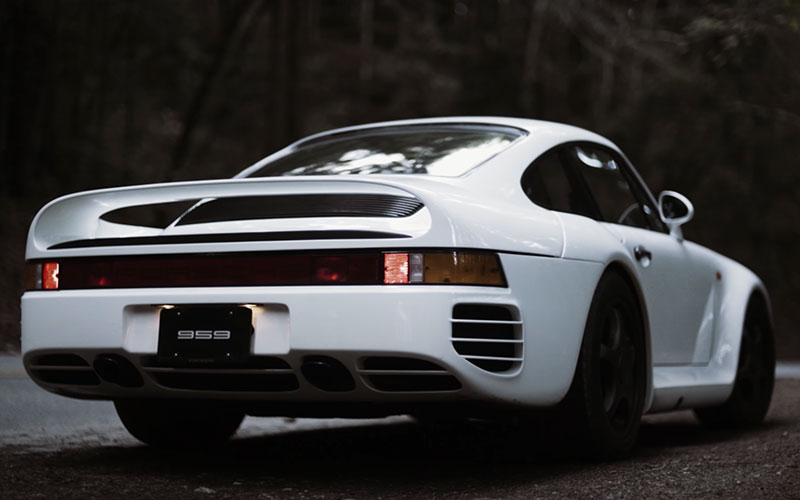
Costing twice as much to build as the company was able to sell it for, the Porsche 959 was not a profitable car. Unless, that is, you start to calculate all that Porsche engineers learned from it and them applied to the subsequent 911s. Taking both the lessons learned and prestige accrued from producing an icon among icons, then Porsche probably still came out ahead on the 959. So here’s to corporate passion projects/boondoggles, because for every Edsel or Aztek, there’s also a 959.


